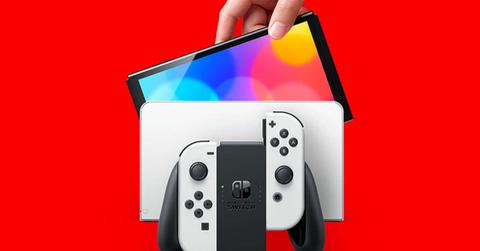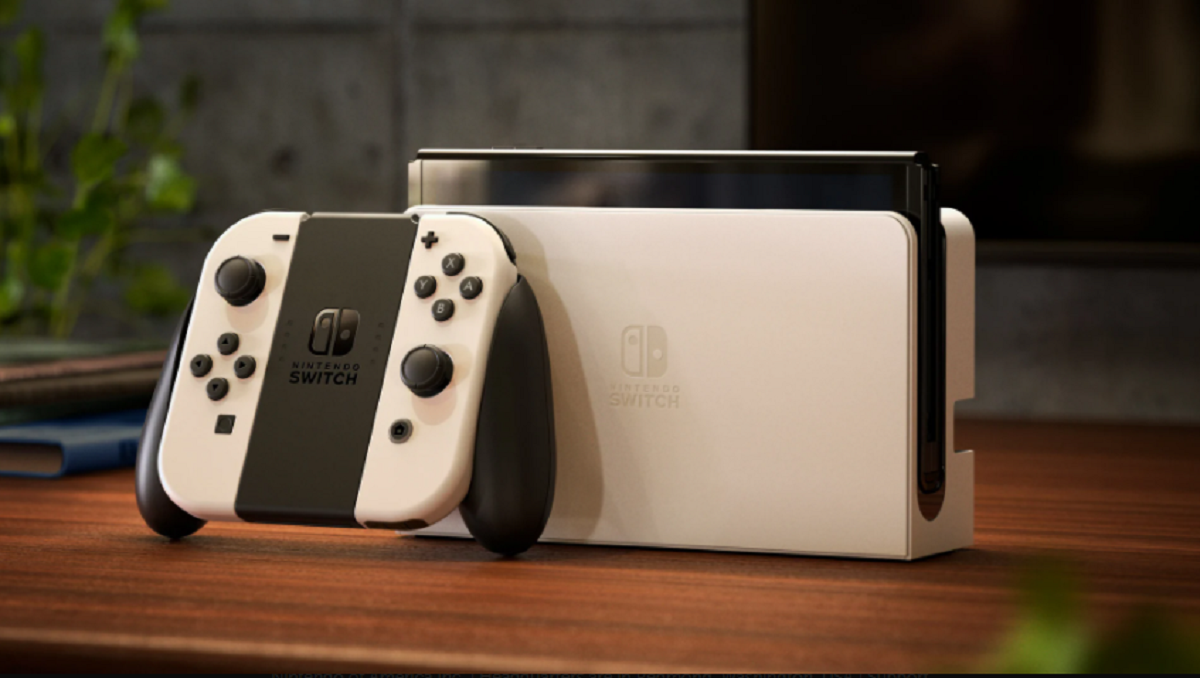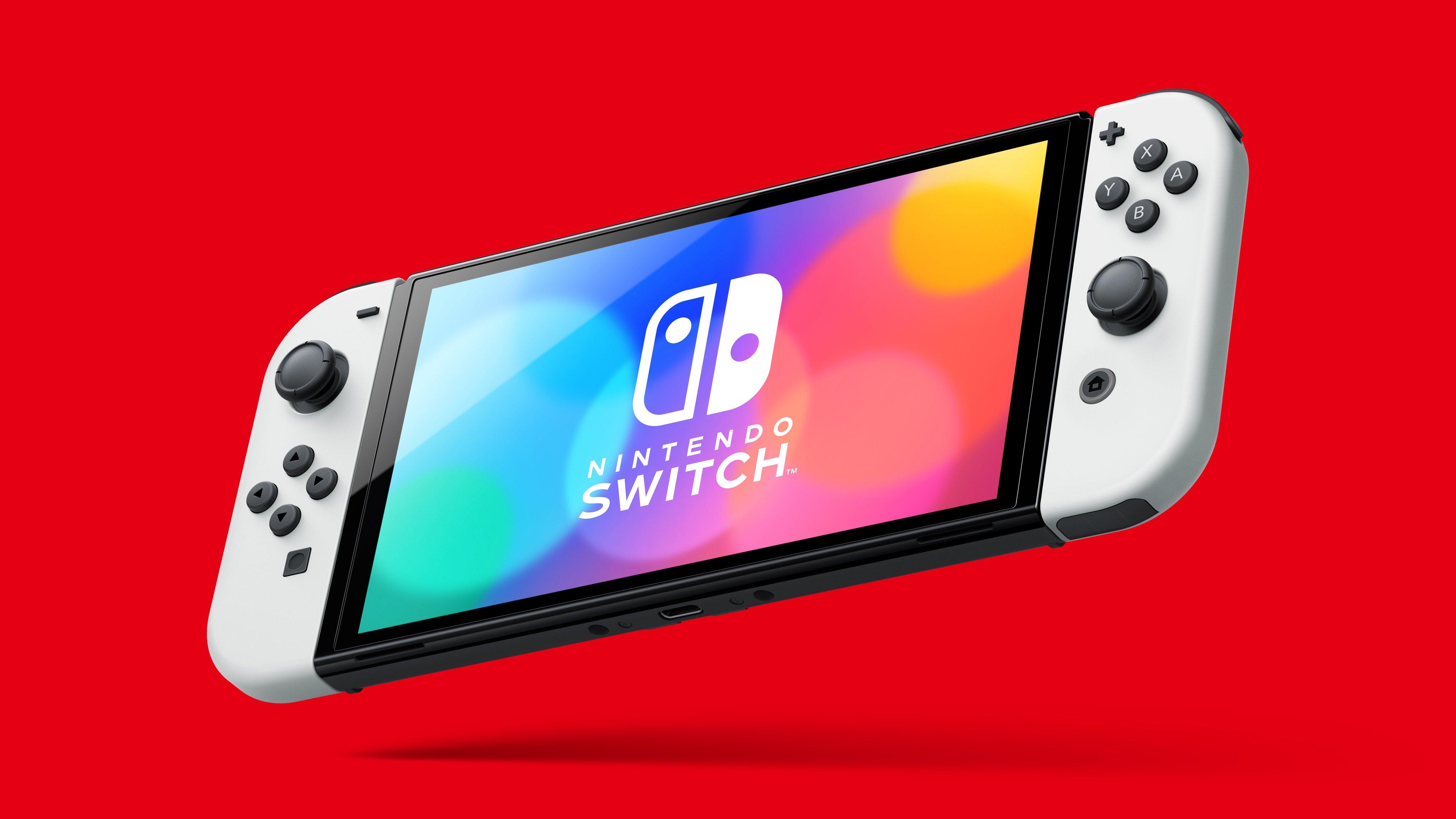Want the Nintendo Switch OLED? Here Are the Specs You'll Want to Pay Attention To
Published Oct. 1 2021, 3:05 p.m. ET

Nintendo Switch OLED
The Nintendo Switch is receiving its first major hardware upgrade since its release more than four years ago, in the form of the Nintendo Switch OLED. It isn't exactly the "pro model" people were expecting, but it still boasts plenty of new specs to make it stand out from its predecessor.
The original Switch model was released on March 3, 2017. Its innovative and versatile functionality in letting players switch seamlessly between playing handheld or on their televisions was incredibly well-received, and sales for the initial model were exceedingly good.
It's difficult to say if the new OLED model will sell just as well, but the Switch's fancy new upgrades are certainly nothing to scoff at. Here's what you need to know about the OLED Switch's specs — as well as a glimpse into how it compares to the original.

Here's a closer look at the Nintendo Switch OLED Model specs.
The hardware specs for the OLED model are a considerable improvement from the older version. As the name suggests, one of the most immediate new features of the console is its OLED screen. Whereas the original Switch screen is about 6 inches wide, the OLED screen bumps it up to 7 inches and can display crisp contrast and vibrant colors.
Aside from the obvious screen upgrade, the OLED Switch also features a wider adjustable kickstand than the original. The stand hinges off the entire bottom half of the back of the console, allowing for a sturdier display. The system also features LAN ports, 64 GB of internal storage (the original model has only 32 GB), and an improved speaker design for enhanced audio.
The only thing that's missing seems to be an improved processor, as both the original and OLED models appear to be using the same CPU.
Though the hardware improvements are noticeable, it's still the same Nintendo Switch you already know and love. Nintendo fans will still be able to play their way with the versatility of the Joy-Cons, as well as change their display from their TV to their tabletops. Even the battery life between both consoles is still relatively the same, clocking in at up to nine hours. For all intents and purposes, it's a fancier, prettier-looking Switch that can do a whole lot more.

Here's what we know about the release date and price tag.
Nintendo fans won't have to wait for the Switch OLED for much longer. The upgraded console is scheduled to release on Oct. 8, 2021. Of course, the new system comes with a heftier price tag, retailing for $350. That's $50 more expensive than that of the original model. The Switch Lite, the exclusively handheld Switch model, is also still available for $200.
There's no doubt that there are some real improvements being made for the new, souped-up OLED model. Luckily, the differences aren't wildly staggering. At the very least, we won't be getting anything like "Switch OLED exclusive" games any time soon.
Time will well if the Switch OLED will be able to fill the enormous shoes of the original Switch.